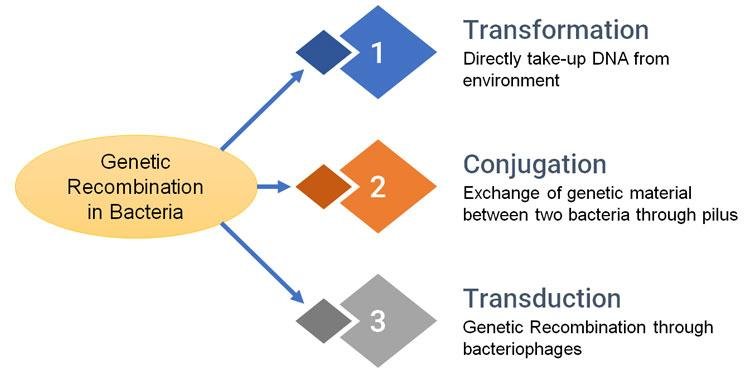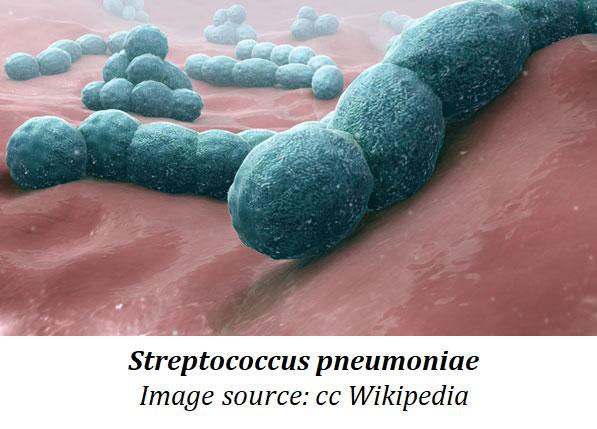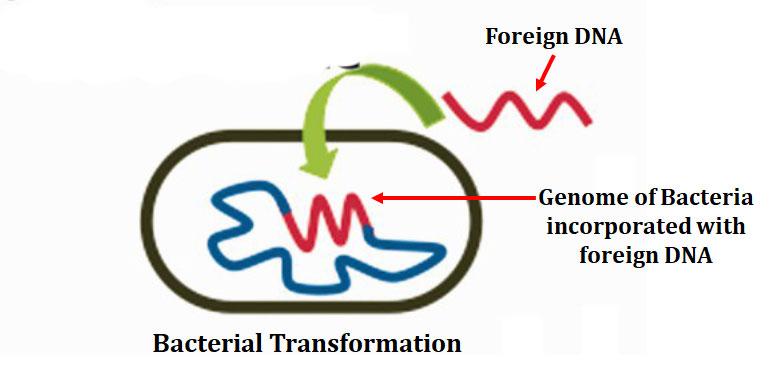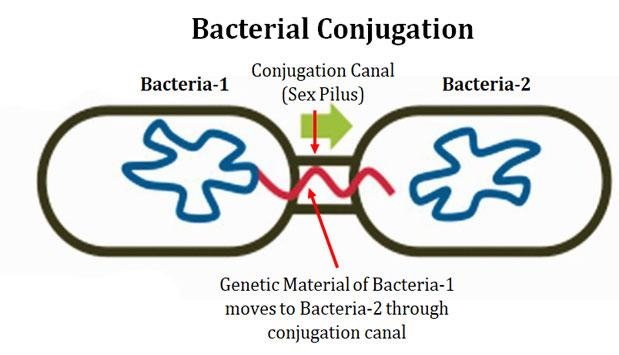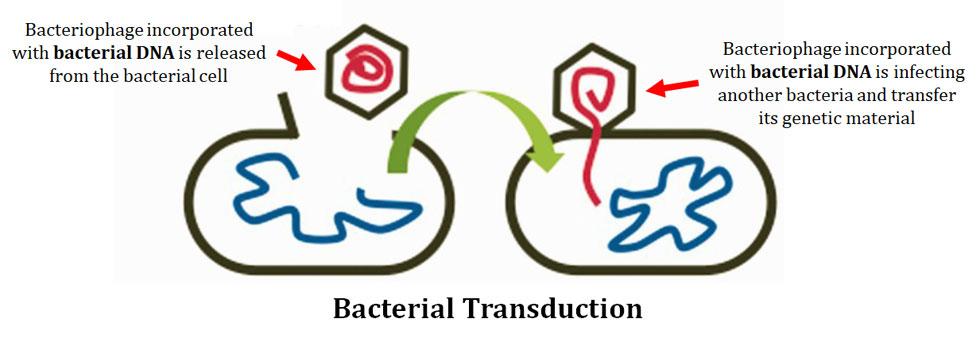Genetic recombination is a fundamental process in the world of microbiology, playing a pivotal role in bacterial evolution and adaptation. Bacteria, despite their simple unicellular structure, possess remarkable genetic diversity and adaptability. This is primarily due to their ability to engage in genetic recombination. This process allows bacteria to acquire new genetic material, exchange genetic information, and generate genetic diversity, all of which are crucial for their survival and adaptation in ever-changing environments. In this article on Genetic Recombination in Bacteria, we will explore the mechanisms and significance of genetic recombination in bacteria.
Microbiology Notes | Microbiology PPTs | Microbiology MCQs
What is Genetic Recombination?
Ø Genetic recombination is the exchange of genetic material between different organisms which leads to production of offspring with combinations of traits that differ from those found in either parent.
Ø Eukaryotes usually achieve genetic recombination through meiotic crossing over and sexual reproduction.
Ø Both meiotic crossing over and sexual reproduction are absent in bacteria.
Mechanisms of Genetic Recombination in Bacteria
Ø Bacteria employ THREE unique mechanisms to achieve genetic recombination, each contributing to their evolutionary success.
Ø They are:
(1). Transformation
(2). Conjugation
(3). Transduction
Transformation
Ø Transformation is the process by which bacteria take up free DNA from their environment and incorporate it into their genome.
Ø This mechanism was first described in Streptococcus pneumoniae by Frederick Griffith in 1928.
Ø During transformation, a bacterium absorbs DNA fragments released from a lysed bacterial cell or from the environment.
Ø This acquired DNA can carry new genes that may confer advantageous traits, such as antibiotic resistance.
Conjugation
Ø Conjugation involves the transfer of genetic material from one bacterium to another through direct cell-to-cell contact.
Ø This process is facilitated by a specialized structure known as the conjugative pilus (sex pilus).
Learn more: Cell Surface Appendages in Bacteria
Ø Conjugation pilus allows the transfer of plasmids or parts of the chromosomal DNA from one bacterium to another.
Ø Conjugation is a prominent means through which antibiotic resistance genes spread among bacteria, leading to the emergence of drug-resistant strains.
Transduction
Ø Transduction is a process of genetic recombination mechanism in bacteria mediated by bacteriophages (viruses that infect bacteria).
Ø During a lytic cycle, bacteriophages can mistakenly package bacterial DNA into their capsids instead of their own genetic material.
Ø When such as phage subsequently infects another bacterium, it injects this bacterial DNA, facilitating recombination with the recipient’s genome.
Ø This process can lead to the transfer of genes between unrelated bacterial species.
Significance of Genetic Recombination in Bacteria
Genetic recombination in bacteria is of supreme importance for their survival and adaptation for several reasons. Some of them are summarized below:
(1). Generation of Genetic Diversity
Ø Genetic recombination is the primary source of genetic diversity in bacterial populations.
Ø This diversity is essential for bacterial adaptation to different environmental conditions such as changes in temperature, nutrient availability, and the presence of toxins or antibiotics.
(2). Evolutionary Innovation
Ø Through genetic recombination, bacteria can acquire new genes that provide them with novel traits and capabilities.
Ø This innovation can lead to the development of antibiotic resistance, virulence factors, or metabolic pathways that enhance their competitiveness and survival.
(3). Horizontal Gene Transfer
Ø Horizontal gene transfer (HGT) is the movement of genetic material between organisms other than by the transmission of DNA from parent to offspring.
Learn more: Vertical and Horizontal Resistance
Ø Bacteria often exchange genetic material horizontally, allowing them to acquire genetic traits from distant evolutionary lineages.
Ø HGT can lead to the rapid spread of advantageous traits throughout bacterial populations.
(4). Antibiotic Resistance
Ø Genetic recombination plays a significant role in the emergence and dissemination of antibiotic resistance genes.
Ø Bacteria can acquire resistance genes through conjugation, transformation, or transduction, posing a major threat to public health.
Conclusion
Genetic recombination in bacteria is a dynamic process that supports their ability to adapt and evolve in response to changing environmental pressures. Through mechanisms such as transformation, conjugation, and transduction, bacteria acquire new genetic material, generate diversity, enabling them to thrive in diverse ecosystems. While genetic recombination is a fundamental aspect of bacterial diersity, it also presents challenges, such as the rapid spread of antibiotic resistance. Understanding these processes is crucial for the development of strategies to combat antibiotic-resistant pathogens and to gain insights into the broader mechanisms of genetic evolution in the microbial world.
<<< Back to Microbiology Notes
You may also like NOTES in...
BOTANY BIOCHEMISTRY MOL. BIOLOGY
ZOOLOGY MICROBIOLOGY BIOSTATISTICS
ECOLOGY IMMUNOLOGY BIOTECHNOLOGY
GENETICS EMBRYOLOGY PHYSIOLOGY
EVOLUTION BIOPHYSICS BIOINFORMATICS
You may also like...
NOTES QUESTION BANK COMPETITIVE EXAMS.
PPTs UNIVERSITY EXAMS DIFFERENCE BETWEEN..
MCQs PLUS ONE BIOLOGY NEWS & JOBS
MOCK TESTS PLUS TWO BIOLOGY PRACTICAL

